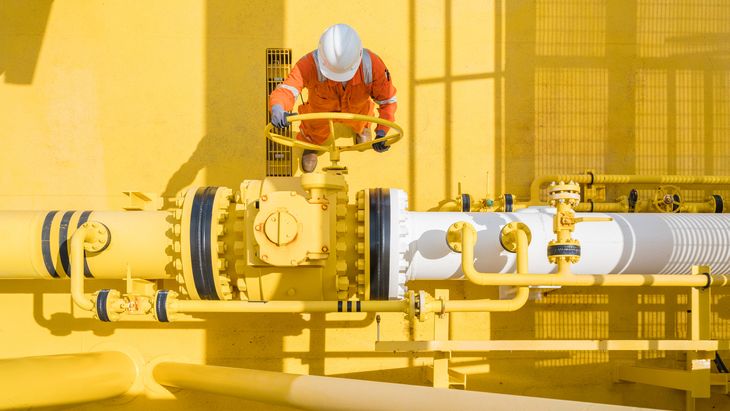Some want it eliminated quickly, completely and permanently. Others, many more, believe that we need to move towards the same goal, but gradually, minimizing social costs and economic impact. Neither group can state what the alternative resources and industries would be (especially for transport, heating/cooling, energy-intensive industry), both overestimate, especially in the short term, the potential of renewables. The overlapping crises of recent years – the lockdown due to the pandemic and the sudden recovery in demand one year later, disruptions in global supply chains, Russia’s war in Ukraine and the disappearance of Europe’s main supplier of cheap natural gas – have imposed two relevant trends on the oil and gas industry: the rediscovery of the importance of locally produced energy resources, be they fossil fuels, and the crucial role played by large energy companies in transferring financial resources from the population to the budget, through taxes of all kinds.
The study released by Consilium Policy Advisors Group (CPAG) comes with hard data to reinforce the second idea, and indirectly the first too. The analysis was carried out by a team coordinated by Laurian Lungu, at the request and with the financial support of the Federation of Oil and Gas Employers (FPPG). It is the second edition of this study that used data provided by a unique questionnaire of 15 companies relevant to the sector. The authors point out that contributions from Rompetrol, Lukoil, Schlumberger, among the big players, have not been taken into account, and in the case of the fuel distribution stations sub-sector available data have been extrapolated. “As such, the results of this analysis underestimate the real impact of the Romanian oil and gas sector in the economy,” the author states.
A similar role to the construction sector
The oil and gas sector accounted for about 3.8% of GDP in the first half of 2022. The contribution of the oil and gas sector to Romania’s GDP growth increased substantially compared to 2020, all the more so as its performance was negatively impacted by low demand during the pandemic. Then, in addition to increased demand, translated into higher production volumes, a significant part of this substantial increase is attributed to higher oil and gas prices.
In comparative terms, the contribution of the oil and gas sector to GDP is 1.5 times higher than the contribution to GDP of the “Financial intermediation and insurance” sector, which equals the contribution to GDP attributed to the “Arts, entertainment and recreation” sector, the “Construction” sector. The total impact of the oil and gas sector on the economy (i.e. including direct, indirect and induced effects) is even more significant. It increased from 3.1% of GDP in 2020, to 4.1% of GDP in 2021 and 7.8% of GDP in the first half of 2022.
Although the number of jobs directly supported by the oil and gas sector was almost 61,000, at the end of June 2022, the total impact on the workforce, taking into account indirect and induced effects, is 145,000, almost 3% of the total number of employees in Romania.
